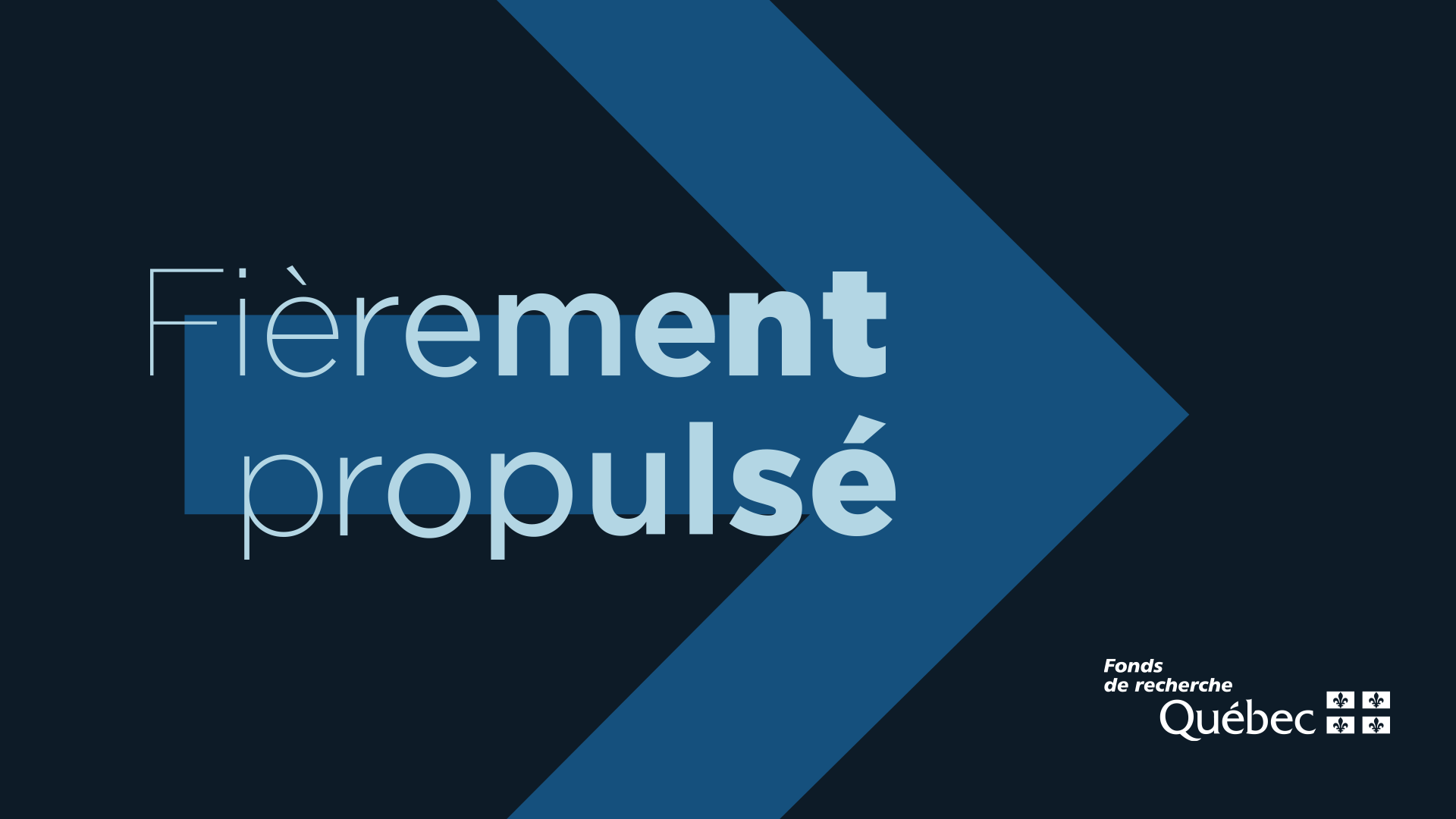Assisted Suicide and Euthanasia: Language Lost in MAiD
DOI:
https://doi.org/10.7202/1112287arKeywords:
MAiD, medical assistance in dying, suicide, assisted suicide, euthanasia, CanadaLanguage(s):
EnglishAbstract
For most of Canada’s approximately 40-year debate on medically assisted death, euthanasia and assisted suicide were considered distinct issues. Yet in 2016 their ethical, psychological, and practical differences were effectively disregarded when the two acts were grouped together in the legislation under the umbrella term, “Medical Assistance in Dying” (MAiD). Although the term was fitting when the act was first legalized, expansion of eligibility has drastically changed the program from end-of-life care into life-ending intervention. As a result the term, “MAiD,” has lost its meaning and become a euphemism and a brand name, of sorts. Moreover, concealed behind the MAiD brand are a host of social issues which have developed since legalization.
A re-evaluation of the decision to discard the distinction between assisted suicide and euthanasia is necessary to allow for clear communications and truly patient-centered approaches for tackling these issues. Providing a one-size-fits-all remedy by conflating assisted suicide and euthanasia ignores the goal of Canada’s original prohibition on assisted suicide, positioning the medical system to offer a painless means for the most vulnerable in our society to end their own lives.
Downloads
Published
Versions
- 2024-07-15 (2)
- 2024-06-21 (1)
How to Cite
Issue
Section
License
Copyright (c) 2024 Rafal Gromadzki, Timothy Christie

This work is licensed under a Creative Commons Attribution 4.0 International License.
The Canadian Journal of Bioethics applies the Creative Commons Attribution 4.0 International License to all its publications. Authors therefore retain copyright of their publication, e.g., they can reuse their publication, link to it on their home page or institutional website, deposit a PDF in a public repository. However, the authors allow anyone to download, reuse, reprint, distribute, and/or copy their publication, so long as the original authors and source are cited.

















_smaller.png)

